This is a 6-ton fertilizer manufacturing plant in Kyrgyzstan, invested and constructed by a large breeding company in Kyrgyzstan. The client company of this project mainly operates large-scale breeding business, including multiple chicken farms. The chicken manure produced in these breeding farms is transported and harmlessly treated by a local company every day.
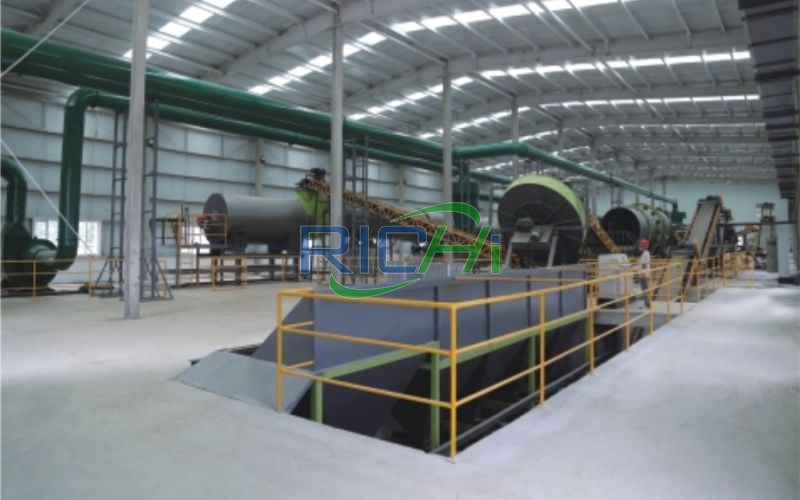
This is a 6-ton fertilizer manufacturing plant in Kyrgyzstan, invested and constructed by a large breeding company in Kyrgyzstan.
The client company of this project mainly operates large-scale breeding business, including multiple chicken farms. The chicken manure produced in these breeding farms is transported and harmlessly treated by a local company every day.
At present, the actual chicken manure production is about 16,500t/a. With the expansion of breeding scale, the chicken manure production of the client company's chicken farm is about 30,000t/a.
According to the development requirements of Kyrgyzstan, it will promote the standardized demonstration of livestock and poultry breeding, promote water-saving and material-saving processes and dry manure cleaning, microbial fermentation and other technologies.
By 2025, the comprehensive utilization rate of livestock and poultry manure in Kyrgyzstan will reach more than 80%, and the supporting equipment of manure treatment facilities in large-scale breeding farms will basically achieve full coverage.
Therefore, based on such a policy background, the client of this fertilizer manufacturing plant in Kyrgyzstan project invested in the construction of this new type of bio-organic fertilizer (resource utilization of organic waste) with an annual output of 30,000 tons as a supporting manure treatment project in the breeding base, and the chicken manure produced by the breeding base was used for resource utilization to produce bio-organic fertilizer.
Name:
Fertilizer processing plant
Country:
Kyrgyzstan
Date:
2024.05.11
Capacity:
6T/H
Product Type:
Powder & Granules
The install period:
30 Days
Control Mode:
Semi-automatic
Guiding Price:
430,000 USD
This project uses the supporting facilities in the breeding base for production, covering an area of 13,209m2 and a construction area of 9,060m2. The building content includes 2 one-story workshops, with an estimated annual output of 30,000 tons of bio-organic fertilizer. The production process includes mixing, nano-film covering fermentation, aging, crushing, and batching.
It is worth mentioning that in this project, all the equipment in the organic fertilizer production workshop is provided by us, RICHI MACHINERY, while all the equipment used in the nano-film fermentation workshop is provided by other manufacturers.
The buildings involved in this fertilizer manufacturing plant in Kyrgyzstan project are mainly nano-film fermentation workshops and organic fertilizer production workshops, both of which are 1-story buildings. The project has 10 employees, none of whom are boarded and lodged in the project, working in two shifts a day, 8 hours a day, and 300 days a year.
The composition of each project of this fertilizer manufacturing plant in Kyrgyzstan project is shown in the following table:
| Engineering composition | Engineering content | |
| Category | Name | |
| Main engineering | Nano-membrane fermentation workshop | Size: 1 floor, building area of about 3060m2 Function: auxiliary material temporary storage area, nano-membrane fermentation area, etc. Equipment: mainly equipped with 9 membrane fermentation tanks Size: 1 floor, building area of about 6000m2 |
| Organic fertilizer production workshop | Function: aging area, crushing area, packaging area Equipment: equipped with a crushing and packaging line |
|
| Storage and transportation engineering | Auxiliary material area | Located in the organic fertilizer production workshop, with a construction area of about 90m2, temporarily storing auxiliary materials |
| Finished product area | Located in the organic fertilizer production workshop, with a construction area of about 135m2, temporarily storing finished products | |
| Auxiliary engineering | Office area | Located in the organic fertilizer production workshop, with a construction area of about 180m2 |
| Public engineering | Water supply system | Supplied by the water supply network in the chicken farm, production and living water |
| Power supply system | Level 3 load, Level 2 fire-fighting electricity, provided by the municipal power supply department | |
The main products of this fertilizer manufacturing plant in Kyrgyzstan project are bio-organic fertilizers, with an annual output of 30,000 tons, including 15,000 tons of bio-organic fertilizers, 10,000 tons of organic fertilizers and 5,000 tons of organic-inorganic compound fertilizers.
The specifications are all 40kg/bag, with a moisture content of about 30%. The products meet the corresponding standards in "Bio-organic Fertilizer", "Organic Fertilizer" and "Organic-inorganic Compound Fertilizer". The specific product plan is shown in the table below:
| No. | Product Name | Specifications | Properties | Output |
| 1 | Biological Organic Fertilizer | 40KG/Bag | Powder/Granular | 15,000 tons/year |
| 2 | Organic Fertilizer | 40KG/Bag | Powder/Granular | 10,000 tons/year |
| 3 | Organic-Inorganic Compound Fertilizer | 40KG/Bag | Powder/Granular | 5,000 tons/year |
| Total | 30,000 tons | |||
Note: The output of powdered or granular organic fertilizer will be allocated according to actual order requirements.
The product technical index requirements of this fertilizer manufacturing plant in Kyrgyzstan project are shown in the table below.
| 1. Product standard of biological organic fertilizer | ||||||
| Item | Technical indicators | |||||
| Mass fraction of organic matter (on a drying basis), % | ≥ | 40 | ||||
| Effective viable bacteria count (cfu), 100 million/g | ≥ | 0.2 | ||||
| Mass fraction of water (fresh sample), % | ≤ | 30 | ||||
| Acidity pH value | / | 5.5~8.5 | ||||
| Number of fecal coliform bacteria, pieces/g | ≤ | 100 | ||||
| Ascaris egg mortality, % | ≥ | 95 | ||||
| Total arsenic (As) (on dry basis), mg/kg | ≤ | 15 | ||||
| Total mercury (Hg) (on dry basis), mg/kg | ≤ | 2 | ||||
| Total lead (Pb) (on dry basis), mg/kg | ≤ | 50 | ||||
| Total cadmium (Cd) (on dry basis), mg/kg | ≤ | 3 | ||||
| Total chromium (Cr) (on dry basis), mg/kg | ≤ | 150 | ||||
| 2. Organic fertilizer product standards | ||||||
| Item | Technical indicators | |||||
| Mass fraction of organic matter (on a drying basis), % | ≥ | 30 | ||||
| Mass fraction of total nutrients (N+P2O5+K2O) (on a drying basis), % | ≥ | 4 | ||||
| Mass fraction of water (fresh sample), % | ≤ | 30 | ||||
| pH value | / | 5.5~8.5 | ||||
| Seed germination index (GI), % | ≥ | 70 | ||||
| Mass fraction of mechanical impurities, % | ≤ | 0.5 | ||||
| Total arsenic (As) (on dry basis), mg/kg | ≤ | 15 | ||||
| Total mercury (Hg) (on dry basis), mg/kg | ≤ | 2 | ||||
| Total lead (Pb) (on dry basis), mg/kg | ≤ | 50 | ||||
| Total cadmium (Cd) (on dry basis), mg/kg | ≤ | 3 | ||||
| Total chromium (Cr) (on dry basis), mg/kg | ≤ | 150 | ||||
| Number of fecal coliform bacteria, pieces/g | ≤ | 100 | ||||
| Ascaris egg mortality, % | ≥ | 95 | ||||
| 3. Product standards for organic and inorganic compound fertilizers | ||||||
| Item | Technical indicators | |||||
| I | II | III | ||||
| Mass fraction of organic matter (on a dry basis), % | ≥ | 20 | 15 | 10 | ||
| Mass fraction of total nutrients (N+P2O5+K2O) (on a dry basis), % | ≥ | 15 | 25 | 35 | ||
| *Mass fraction of moisture (fresh sample), % | ≤ | 12 | 12 | 10 | ||
| Acidity pH value | / | 5.5~8.5 | 5.0~8.5 | |||
| Total arsenic (As) (on dry basis), mg/kg | ≤ | 50 | ||||
| Total mercury (Hg) (on dry basis), mg/kg | ≤ | 5 | ||||
| Total lead (Pb) (on dry basis), mg/kg | ≤ | 150 | ||||
| Total cadmium (Cd) (on dry basis), mg/kg | ≤ | 10 | ||||
| Total chromium (Cr) (on dry basis), mg/kg | ≤ | 500 | ||||
| Fecal coliform count, pieces/g | ≤ | 100 | ||||
| Ascaris egg mortality, % | ≥ | 95 | ||||
Note: The moisture content of organic-inorganic compound fertilizers shall prevail after factory inspection.
The production processes of this fertilizer manufacturing plant in Kyrgyzstan project include mixing, nanofilm-covered fermentation, aging, crushing, batching, granulation, etc., which are carried out in the nanofilm fermentation workshop and the organic fertilizer production workshop respectively. The specific production equipment used in the project is shown in the table below.
| Workshop | No. | Equipment Name | Main Technical Parameters | QTY | Usage Procedure |
| Nanofilm Fermentation Workshop | 1 | Nanofilm | 1.200 square meters including skirt 2. Air permeability >1.9mm/s 3. Moisture permeability >8000g/(m2 *24h) |
9 | Fermentation |
| 2 | Vortex High Pressure Fan | 5.5kw, with frequency conversion control | 9 | Aeration | |
| 3 | Control cabinet | Inverter, switch, etc. integration | 1 | ||
| 4 | Aeration PE pipe | Diameter 200mm/160mm/75mm | / | ||
| 5 | Intelligent aeration system | / | 1 | ||
| 6 | Industrial computer | 1 | / | ||
| 7 | Cabinet chassis | Capacitive touch screen display | 1 | / | |
| 8 | 8-channel temperature acquisition module | Temperature sensor AD conversion | 3 | / | |
| 9 | 10-channel analog output module | Output signal control inverter | 1 | / | |
| 10 | Oxygen content sensor | / | 10 | / | |
| 11 | Air volume sensor | / | 10 | / | |
| 12 | 1000 mm armored K-type thermocouple | / | 10 | Pile temperature measurement | |
| 13 | 200mm armored K-type thermocouple | / | 10 | Main air duct temperature measurement | |
| 14 | K-type compensation wire | Calculated according to actual length during construction | 1000m | / | |
| Organic fertilizer production workshop | 1 | Feeding hopper | Including variable frequency discharging belt conveyor, vibration motor | 1 | Feeding |
| 2 | Belt conveyor | 650 type | 9 | Material conveying | |
| 3 | Belt conveyor Belt conveyor | 500 type | 3 | Material conveying | |
| 4 | Bag conveyor under bag loading and loading belt conveyor | / | 1 | / | |
| 5 | Drum screen | 9YFS1503 | 1 | Screening | |
| 6 | Crusher | 9PZ15 | 2 | Return material crushing | |
| 7 | Vibrating screen | / | 1 | Screening | |
| 8 | Quantitative feeding auger | Hopper volume: 0.6 cubic | 1< /td> | Feeding | |
| 9 | Quantitative feeding hopper | Hopper volume: 1.2 cubic meters | 3 | Feeding | |
| 10 | Quantitative feeding hopper | Hopper volume: 2 cubic meters | 1 | Feeding | |
| 11 | Dual-shaft mixer< /td> | 9SJB30 | 1 | Stirring | |
| 12 | Iron removal device | / | 1 | Suction and removal of iron nails, iron blocks and other impurities | |
| 13 | Granulation bin | 1 | Granulation | ||
| 14 | Speed-adjustable feeding belt 400 | Including inverter | 2 | Feeding | |
| 15 | Organic fertilizer pellet machine | 37 type | 2 | Granulation | |
| 16 | Cooler (air-cooled) | Φ1.5×(15+2)m | Pelletizing and cooling | ||
| 17 | Finished product warehouse | / | 1 | Storage | |
| 18 | Computer weighing scale | 9CAM50 | 1 | Weighing | |
| 19 | Bag sewing conveyor and bag sewing machine< /td> | 9FB40 | 2 | Packaging | |
| 20 | Loading belt conveyor | 9PDJ65-11 | 1 | Packaging | |
| 21 | Drying exhaust fan | Y5-47, with cleaning port | 1 | Exhaust |
This fertilizer manufacturing plant in Kyrgyzstan project does not require additional heating or fuel; the raw materials used in the production process are mainly chicken manure produced in the breeding base and purchased rice bran, bacterial agents, organic waste, etc., and auxiliary materials are mainly humic acid and potassium fulvic acid added to different products.
In addition, to ensure the reproduction of microorganisms, the initial moisture content of the fermentation material is maintained at 60%~65%. The specific use of raw and auxiliary materials is shown in the table below.
| No. | Raw material name | Amount | Storage capacity | Raw material properties | Storage method | Remarks |
| 1. Bio-organic fertilizer | ||||||
| 1 | Chicken manure | 15000 tons | / | Solid | Processed on the same day, no storage | Provided by the chicken farm, moisture content is about 60% |
| 2 | Rice bran | 1000 tons | 10 tons | Beige powder | 25KG/bag, temporary storage in the auxiliary material storage area | Purchased from outside, moisture content about 10% |
| 3 | Mushroom residue | 5400 tons | 10 tons | Beige powder | Bulk material, temporarily stored in the auxiliary material storage area | Purchased from outside, moisture content about 55% |
| 4 | Sludge | 5350 tons | 10 tons | beige powder | bulk material, temporarily stored in the auxiliary material storage area | purchased from outside, moisture content about 71.96% |
| 5 | other organic waste | 5035 tons | 1 ton | solid | bulk material, temporarily stored in the auxiliary material storage area< /td> | Purchased from outside, with a total moisture content of about 50% |
| 6 | Bacterial agent | 150 tons | 1 ton | Beige powder | 25KG/bag, temporarily stored in the raw material area | Purchased from outside, with a moisture content of about 1.1% |
| 7 | Deodorant | 6.28 tons | 0.05 tons | Liquid | 1kg/plastic bottle | Purchased from outside, water content about 95% |
| 8 | Water | 661.53 tons | / | Liquid | / | / |
| 2. Organic fertilizer | ||||||
| 1 | Chicken manure | 10000 tons | / | Solid | Processed on the same day, no storage | Provided by the chicken farm, moisture content is about 60% |
| 2 | Rice bran | 400 tons | 10 tons | Beige powder | 25KG/bag, temporary storage in the auxiliary material storage area | Purchased from outside, moisture content about 10% |
| 3 | Mushroom residue | 3300 tons | 10 tons | Beige powder | Bulk material, temporarily stored in the auxiliary material temporary storage area | Purchased from outside, moisture content about 55% |
| 4 | Sludge | 3000 tons | 10 tons | Beige powder | bulk material, temporarily stored in the auxiliary material storage area | purchased from outside, moisture content about 71.96% |
| 5 | other organic waste | 375 tons | 1 ton | solid | bulk material, temporarily stored in the auxiliary material storage area | purchased from outside, comprehensive moisture content about 50% |
| 6 | bacterial agent | 6 tons | 1 ton | beige powder | 25KG/bag, temporarily stored in the raw material area | purchased from outside, moisture content about 1.1% |
| 7 | deodorant | 3.52 tons | 0.05 tons | liquid | 1kg/plastic bottle | purchased from outside, moisture content about 95% |
| 8 | Humic acid | 1500 tons | 2.5 tons | Solid | Bagged, temporarily stacked in auxiliary material area | Purchased from outside, moisture content about 59.46% |
| 9 | Water | 130.755 tons | / | / | ||
| 3. Product standards for organic and inorganic compound fertilizers | ||||||
| 1 | Chicken manure | 5,000 tons | / | Solid | Processed on the same day, no storage | Provided by the chicken farm, moisture content of about 60% |
| 2 | Rice bran | 200 tons | 10 tons | Beige powder | 25KG/bag, temporarily piled in the auxiliary material temporary storage area | Purchased from outside, moisture content about 10% |
| 3 | Mushroom residue | 1400 tons | 10 tons | Beige powder | Bulk material, temporarily stored in the auxiliary material storage area | Purchased from outside, moisture content about 55% |
| 4 | Sludge | 1500 tons | 10 tons | bulk material, temporarily stored in the auxiliary material storage area | purchased, moisture content about 71.96% | |
| 5 | other organic waste | 404 tons | 1 ton | solid | bulk material, temporarily stored in the auxiliary material storage area | purchased, comprehensive moisture content about 50% |
| 6 | microbial agent | 3.0 tons | 1 ton | beige powder | 25KG/bag, temporarily stored in the raw material area | purchased from outside, moisture content about 1.1% |
| 7 | deodorant | 1.76 tons | 0.05 tons | liquid | 1kg/plastic bottle | purchased from outside, moisture content about 95% |
| 8 | Potassium humate | 560 tons | 0.5 tons | Solid | Bagged, temporarily stacked in auxiliary material area | Purchased from outside, moisture content about 45% |
| 9 | Water | 288.878 tons | / | Liquid | / | / |
| Others | ||||||
| 1 | Pre-oxidant | 0.75 tons | 0.1 tons | Liquid | Equipment comes with it | Supplemented regularly by the equipment supplier |
The production process of bio-organic fertilizer in the fertilizer manufacturing plant in Kyrgyzstan project is mainly divided into two parts: nano-film covering fermentation and processing of finished products according to different properties. They are carried out in two workshops respectively. The specific production process is as follows:
The nano-film covering fermentation workshop production process of this fertilizer manufacturing plant in Kyrgyzstan project was designed by RICHI Machinery, and relevant manufacturers were recommended to customers.
The premixing process is carried out in the fermentation tank. After the chicken manure is mixed with auxiliary materials such as mushroom residue and bacterial agents, they are stacked in layers.
Materials such as rice bran with low moisture content are placed at the bottom layer to reduce the amount of fermentation leachate produced; and the porosity between materials is controlled, and the moisture is kept between 60-65%; then the nano-film is covered. During the laying process of the nano-film, the edge is sealed using bandages and hooks.
After the pile is pre-treated and stacked in the tank, it enters the aerobic fermentation process. Due to the addition of bacterial agents, aerobic microorganisms will accelerate the decomposition of organic matter in the material. Aerobic decomposition proceeds rapidly, while releasing heat, causing the temperature of the pile to rise rapidly.
Usually, the pile temperature rises from room temperature to about 60°C after 2-3 days of stacking; the temperature is maintained at about 60°C for 7 days (if the pile temperature exceeds 75°C, increase the aeration volume and cool it down in time to about 70°C) to kill pathogens, parasite eggs and weed seeds in the material, and basically achieve harmless treatment. After 15-20 days, after the high-temperature fermentation is completed, the mixed material is completely decomposed and odorless.
During the aerobic fermentation process, part of the material moisture evaporates due to the increase in temperature, and part is lost by microorganisms. Therefore, under the condition of controlling the initial moisture of the fermented material, the amount of leachate produced during the fermentation process is relatively small.
The fermentation pollutants are mainly odors that cannot be intercepted by some nanofilms (mainly NH3 and H2S), a small amount of leachate and waste nanofilms. The leachate is collected from the bottom of the fermentation tank. After the fermentation is completed, it is absorbed by auxiliary materials such as rice bran and mushroom residue and reused as fermentation water for the next batch of material fermentation.
The core fermentation process uses nano-covering membrane + aeration system. The main functional film is expanded polytetrafluoroethylene membrane. The membrane has a special physical structure and a pore size larger than the steam molecule.
Under the action of blasting and the temperature difference between the inside and outside, a micro-high pressure cavity is formed inside the fermentation body, so that the pile body is evenly supplied with oxygen and the temperature is evenly distributed, which builds a suitable closed small environment for aerobic fermentation.
At the same time, water vapor and carbon dioxide can diffuse out with the help of the microporous structure of the membrane, maintaining the air flow balance inside and outside the fermentation pile, ensuring that aerobic fermentation is more thorough and pathogenic microorganisms are effectively killed to ensure the sanitation level of the fermented product.
At the same time, the molecular filtration microporous structure of the membrane can isolate dust, bacteria, etc. from the outside world. Ammonia, an important source of odor generated during aerobic fermentation, can be isolated and absorbed by the water film on the inner wall of the membrane and controlled by the degradation of microorganisms.
Based on the customer's raw materials, product types and process requirements, the organic fertilizer production process we designed for the customer is as follows:
The water used in this fertilizer manufacturing plant in Kyrgyzstan project is based on the existing water supply network in the farm, mainly for employees' living water, fermentation supplementary water and waste gas treatment facilities.
The drainage of this project is designed and implemented according to the rain and sewage diversion drainage system. There is no wastewater discharge in the production process of this project. The water used in the waste gas treatment facility of fermentation leachate is recycled.
The domestic sewage of employees is treated by the existing sewage treatment facilities in the chicken farm and is reused for fruit forest irrigation after meeting the standards. It is not discharged.
The electricity used in this fertilizer manufacturing plant in Kyrgyzstan project is based on the existing municipal power grid in the breeding farm, and no generator is required.
The fire resistance level of the building of this project is level 2, and it is designed strictly in accordance with the "Building Design Fire Protection Code" and "Automatic Sprinkler Fire Extinguishing System Design Code".
The layout of indoor and outdoor fire hydrants should meet the requirements of the design specifications. A fire alarm system should be installed in the production workshop, and sufficient portable fire extinguishers should be equipped.
The building adopts a mechanical ventilation system, and no boiler or central air conditioning is installed.
There is a certain prospect for building a chicken manure organic fertilizer production line in
Kyrgyzstan, but it is necessary to comprehensively consider the country's agricultural structure, market demand, policy support and economic environment. The following is a detailed analysis of this prospect:
Kyrgyzstan is an agricultural country, and agriculture accounts for a large proportion of GDP. The main crops include wheat, corn, potatoes, vegetables and fruits.
Animal husbandry occupies an important position in Kyrgyzstan's agriculture, the poultry industry is large in scale, and chicken manure resources are abundant.
Agriculture is an important pillar of Kyrgyzstan's economy, but agricultural production efficiency is relatively low, and soil degradation and improper use of fertilizers are the main problems.
Chicken manure organic fertilizer can improve soil quality and increase crop yields, which meets the needs of sustainable agricultural development in Kyrgyzstan.
There is a certain prospect for building a fertilizer manufacturing plant in Kyrgyzstan, especially driven by soil improvement, agricultural modernization and organic farming development, market demand is expected to grow.
However, investors need to fully consider challenges such as market competition, initial investment and farmer acceptance, and formulate a reasonable business plan to ensure the successful operation of the fertilizer manufacturing plant in Kyrgyzstan project.
By utilizing Kyrgyzstan's agricultural resources and policy support, the chicken manure organic fertilizer production line is expected to become an investment project with both economic and environmental benefits.
If you are also interested in building a fertilizer manufacturing plant in Kyrgyzstan, feel free to contact RICHI MACHINERY for information such as plant construction plans, equipment quotations, full plant layout, project operation videos, etc.!
Having the right mix of reliable, high-quality pellet machine and pelletizing systems and expert support is essential to your success. Watch how our end-to-end feed pellet plant solutions have helped our customers optimize their performance.
Our customized and future-proofed turnkey pellet plant solutions is designed with you at the core. From vision to reality and beyond, our team stays connected with yours. Giving you peace-of-mind with an expert at your side.
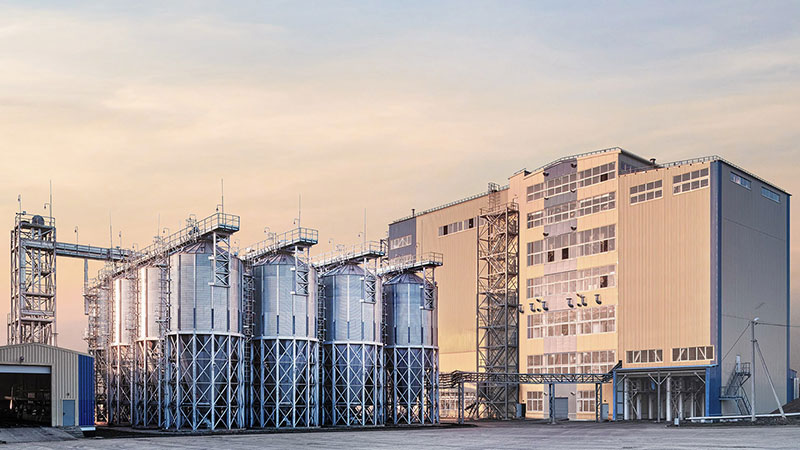
At RICHI, we go beyond project completion. With RICHI Servicee, we’re your dedicated partners in success. Count on us for expert guidance, minimal downtime, and optimized productivity. Choose RICHI for unmatched service and support.
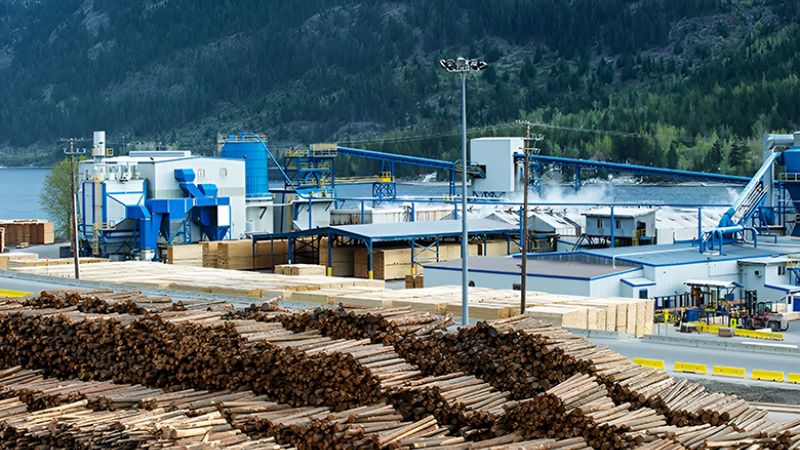
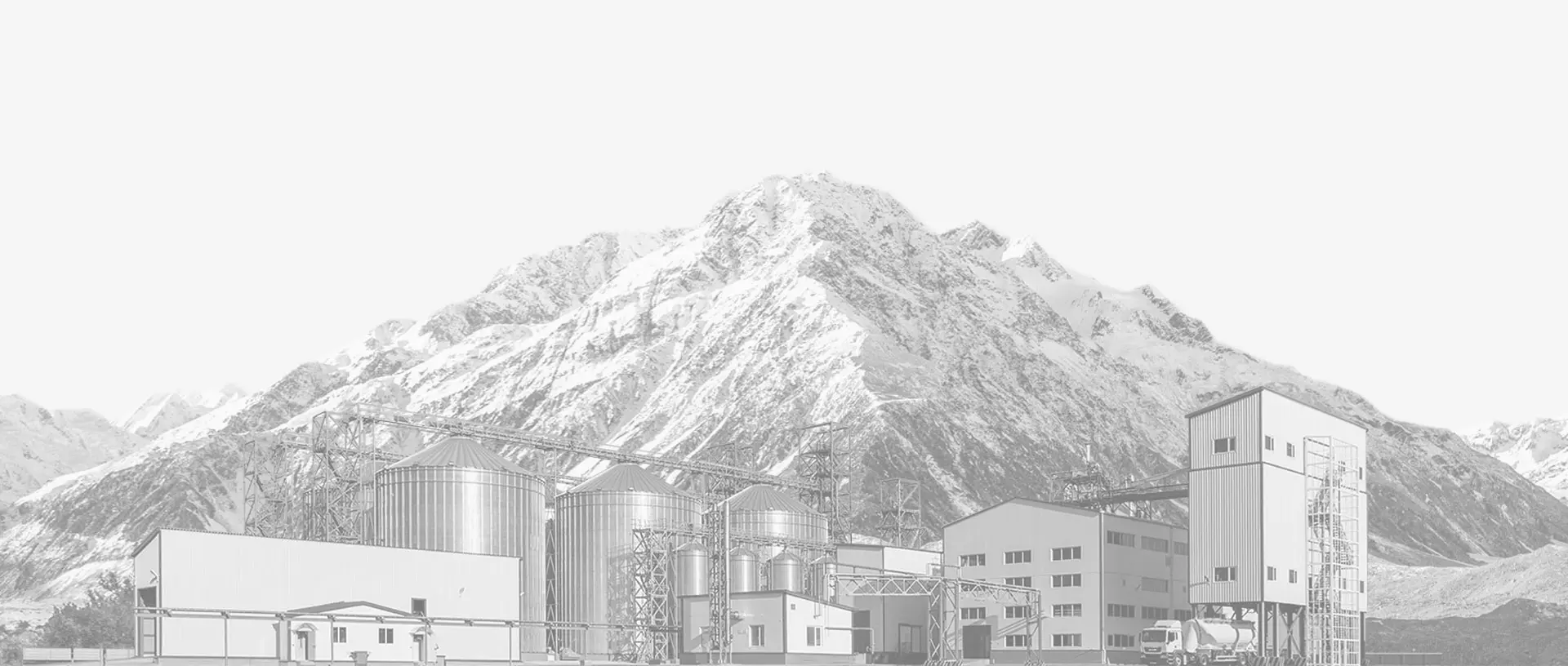

Meet global product demands and quality standards with industry-leading pellet plant design, engineering, equipment, and construction services for pellet processors.
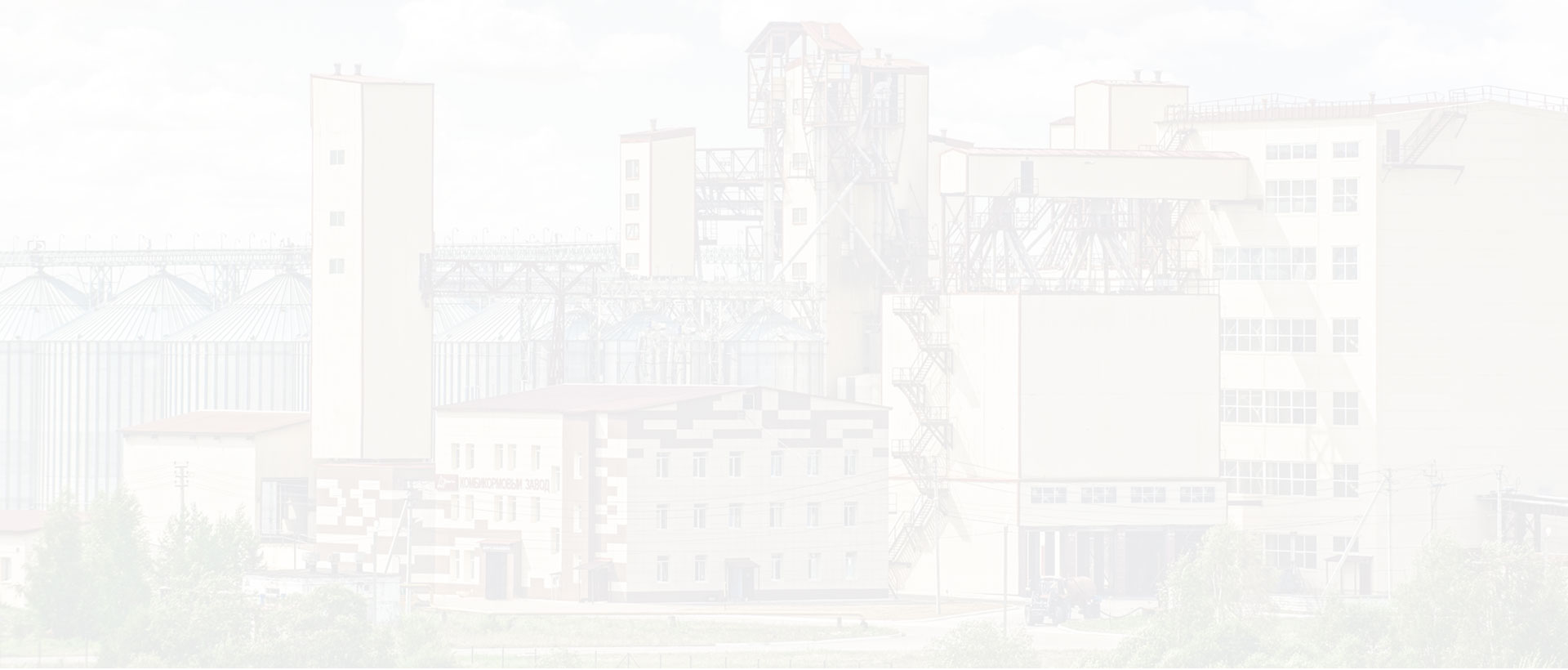
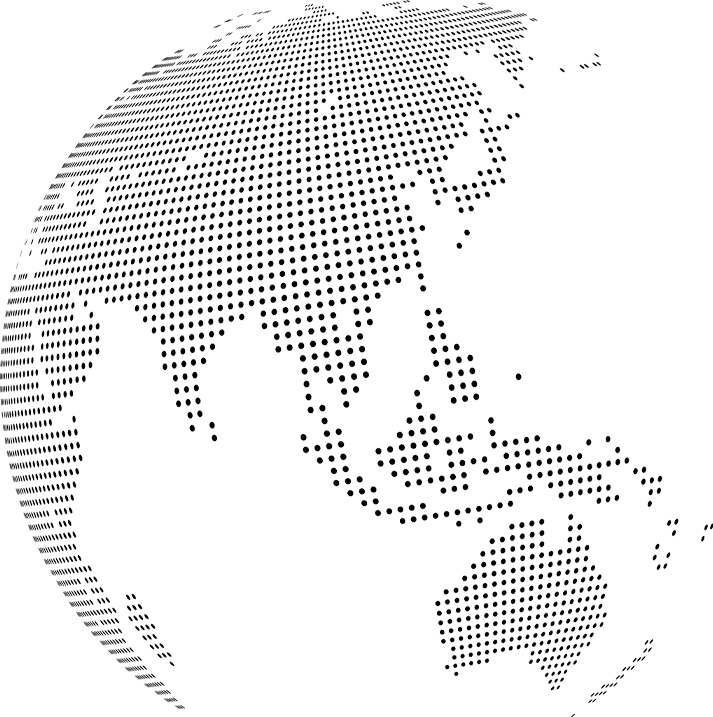
Your Partner Beyond Project Completion
2000+ cases
RICHI is the leading designer, manufacturer and builder of pellet plants in the world, completing over 2000 projects in 140 countries across 6 continents.
Read More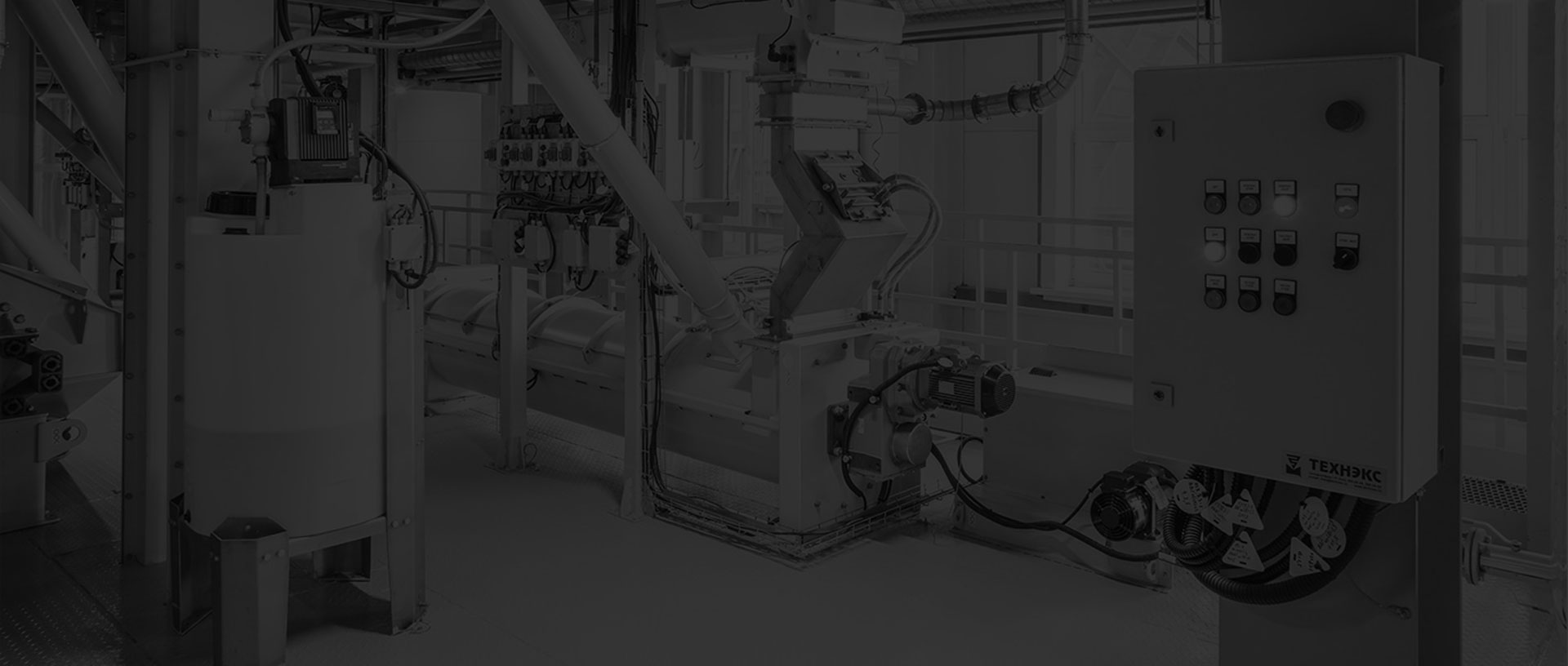
Increase plant productivity, profitability, and safety by integrating high quality equipment into your pellet production line. Over the years, RICHI has become China's top pellet equipment manufacturer. At the same time, RICHI has established valuable partnerships with the world's leading component and raw material manufacturers to bring you the best there is in technology, automation, and efficiency in pelleting plant machinery.
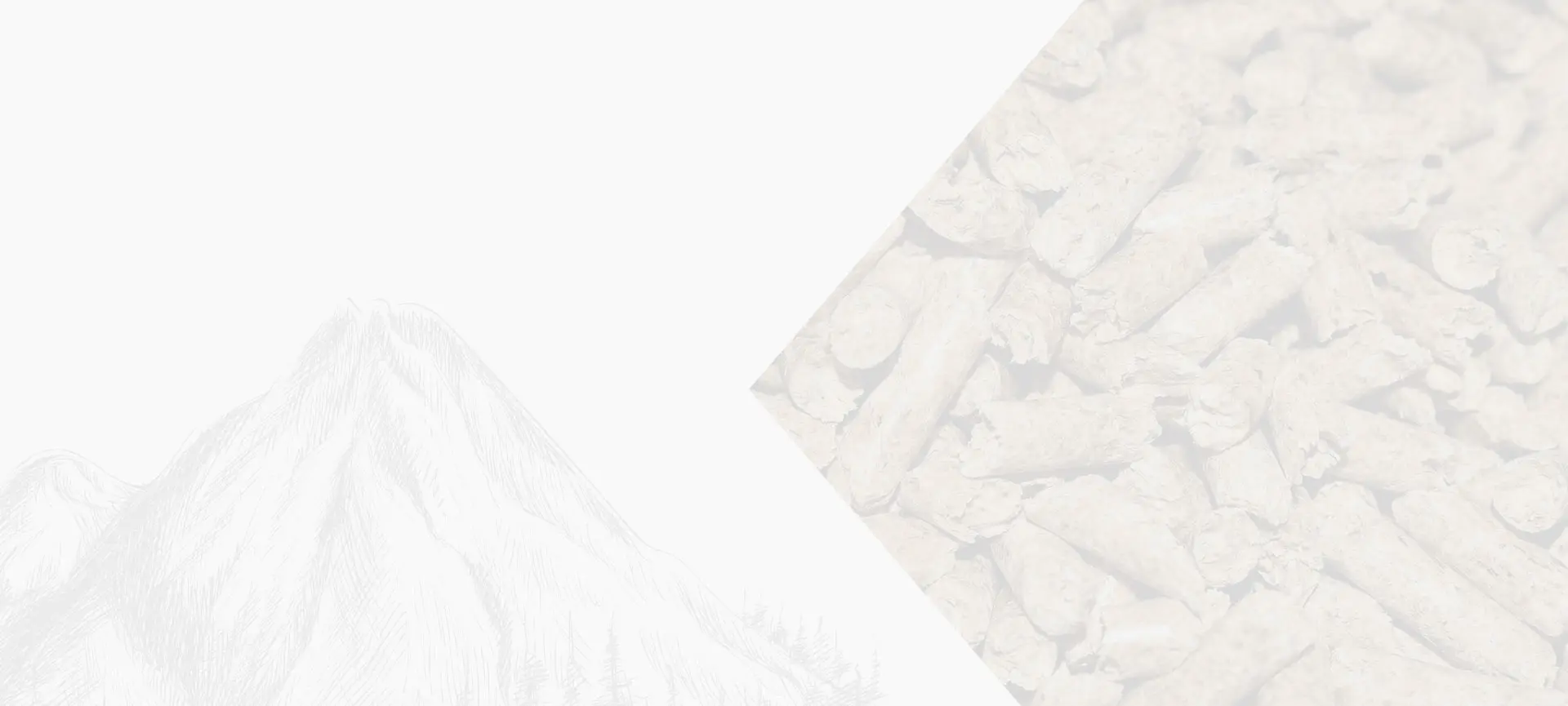
For nearly 30 years, RICHI has been providing best-in-class pellet plant equipment and services to clients across a variety of industries, sizes, and needs. We pride ourselves on the knowledge and skill that each team member possesses – from our technical sales team to our process design engineers. You can count on RICHI Machinery to take your operation to the next level of innovation, quality, and success.
Need help with your pellet manufacturing plant project? Contact us today.
ANIMAL FEED
BIOMASS
WOOD
ORGANIC FERTILIZER
AQUA FEED
CAT LITTER
MUNICIPAL WASTE RECYCLING
SPECIAL PELLET PRODUCTION
RICHI Machinery continues to deliver world class pellet mill equipment, pellet plant engineering and project solutions that add value to our customers in the animal feed, wood waste, agriculture waste, organic fertilizer, cat litter and special pellet products industries. Throughout the years, we RICHI Machinery have built strong brand, becoming industry-leading pellet machine manufacturer. We value integrity, promise quality, and prioritize your success.
Learn MoreWith our expert team, we precisely implement your process engineering requirements in pellet mill and pelletizing plant systems. No matter which industry you’re in – we understand your needs and deliver solutions that meet the highest standards.
At RICHI, quality comes first. Our pellet making machine and related pellet line equipment undergo rigorous quality controls to ensure they meet the highest standards. Rely on products that are durable, safe, and efficient.
With decades of experience in pellet machine and pellet production line production, we have earned a reputation as a trusted partner in various industries. Our expertise allows us to cover a wide range of applications.
Not only do we offer premium pelleting equipment, but we are also experts at designing, building, installing, and maintaining facilities from the ground up. Our expertise is within pellt plant process design, discovering the most efficient, productive, and profitable way to handle your materials in an end-to-end cycle.
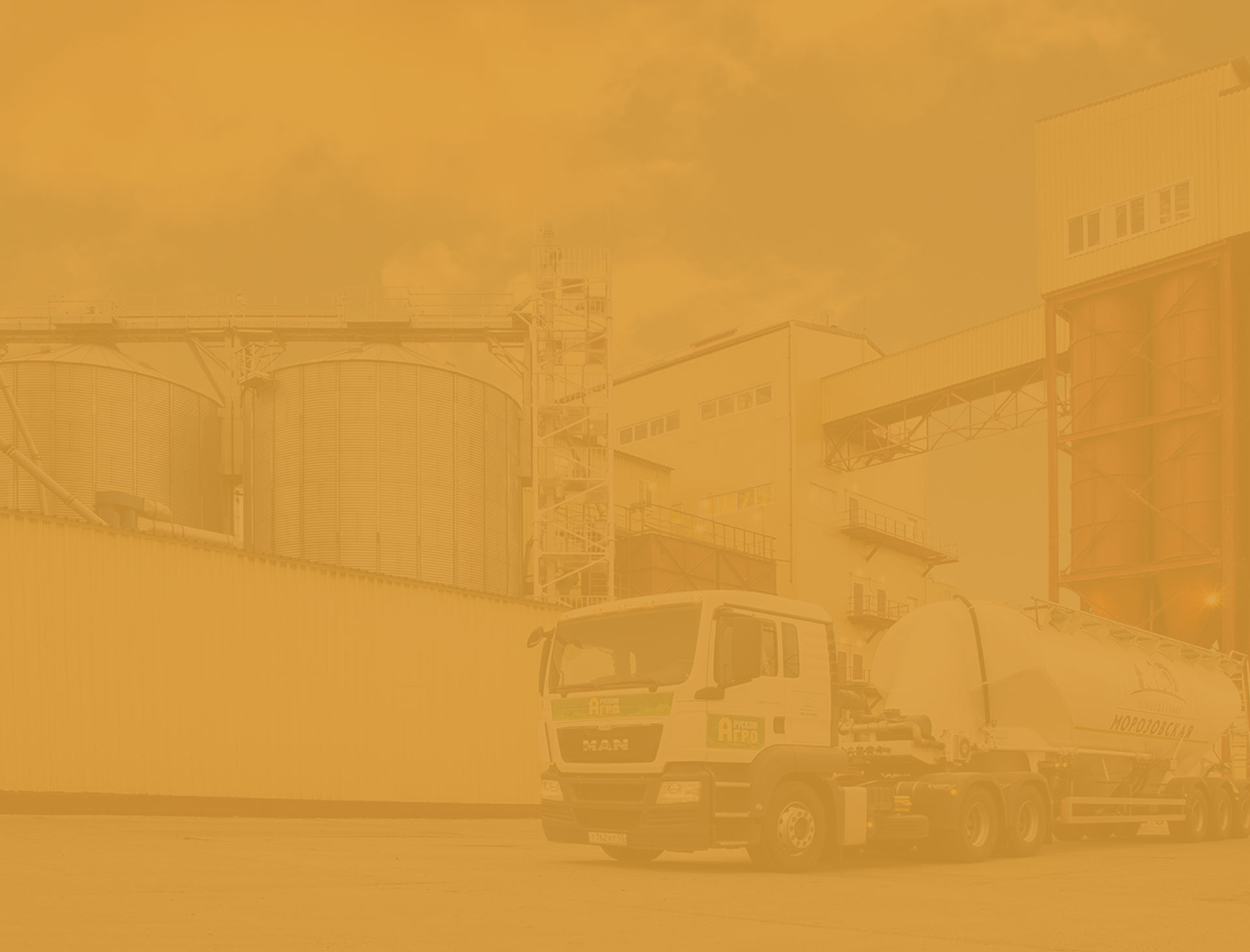
Keeping in touch with us is an effective way to solve all your problems. If you have any needs or questions, please leave your contact information, then RICHI technical consultants will send design, quotation, videos to your mailbox. You can also contact us directly via WhatsApp: +86 13838389622
Copyright©2015-2024 by HENAN RICHI MACHINERY CO., LTD. All rights reserved.